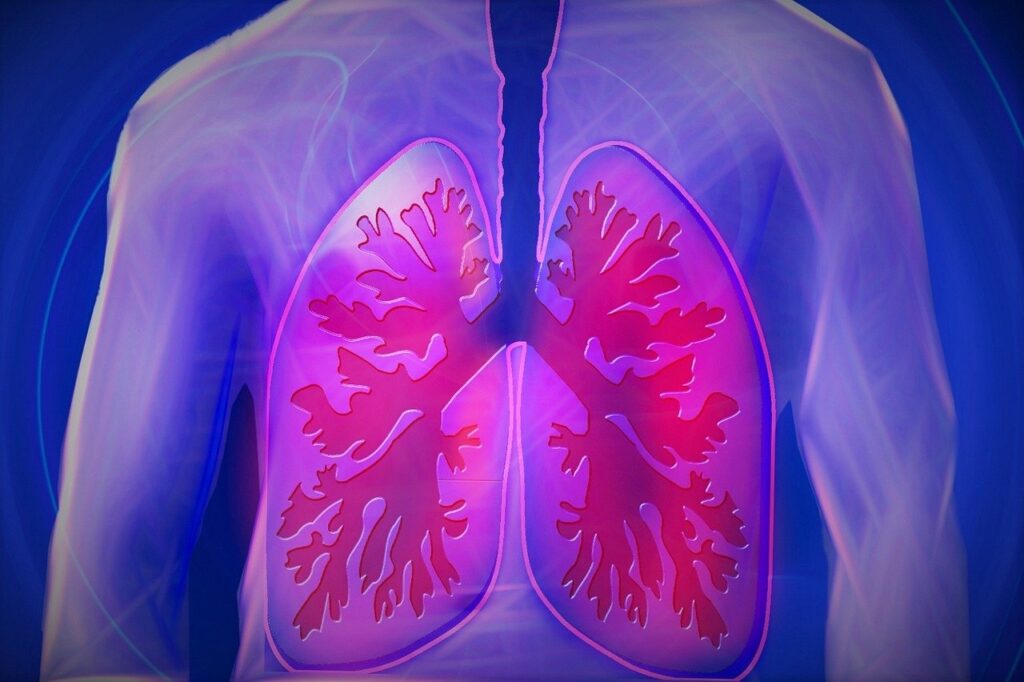By Debbie Bunch
February 19, 2024

Why Premature Lungs are So Stressed
German researchers are shedding some light on why mechanical ventilation is especially hard on premature lungs.
The investigators, who study the physics of mechanical stress resulting from ventilation at Liepzig University, used lung tissue from fetal and adult rats to determine how varying amounts of tension, with rest phases in between, impacts the tissue. Results showed that with just a little pressure, the premature rat lung tissue showed characteristics of being both elastic and viscous. The fetal lung was also found to be much stiffer than the adult lung under deformation.
From there, the researchers used electrophysiology to measure the movement of ions across a layer of premature lung cells to see whether these tension-related changes in the tissue led to alterations in sodium transport. Changes in pressure affected the activity of both the epithelial sodium channel and the sodium-potassium ion pump in the cells of lung alveoli, leading the investigators to conclude disruption in the normal function of these transporters could explain why mechanical ventilation has negative effects on infant lungs.
“This may be the reason why lung fluid cannot get absorbed that well into the circulation after the preterm births,” said study author Jonas Naumann.
Naumann believes more research is needed on which ventilator settings lead to the best outcomes for preemies, noting that “small pressure gradients can have such a big impact on the lung mechanics.”
The research was presented at the 68th Biophysical Society Annual Meeting in Philadelphia, PA, in February. Read More

Niacin May Protect Against COPD
Could niacin intake play a role in who gets COPD and who doesn’t? According to researchers publishing in Scientific Reports, that might be the case.
They examined dietary, COPD, and demographic data from theNational Health and Nutrition Examination Survey collected between 2003 and 2018 on 7,055 participants. Of that group, 243 had COPD. Results showed —
- The mean age of COPD participants was 60.8 years vs. 46.7 years for those without COPD.
- People in the COPD group had lower incomes and a higher incidence of smoking, alcohol consumption, diabetes, and hypertension.
- A clear dose-response relationship was observed between dietary niacin intake and COPD prevalence, with increasing levels of dietary niacin intake correlated with a reduction in COPD prevalence.
- The protective effect seen for dietary niacin intake was independent of age, income, smoking, drinking habits, marital status, race, hypertension, and diabetes.
While the authors emphasize more study on the link between dietary niacin and COPD is needed, they speculate that niacin may work to prevent COPD by improving antioxidant capacity of endogenous and exogenous antioxidants, which in turn helps lower inflammation and improve lung function. Read More

Mobile Patient Lifts Facilitate Early Mobilization
The value of early patient mobilization in the ICU has been debated in the scientific literature for several years now, with many studies coming down in favor of the practice.
But implementing an early mobilization protocol is challenging. Researchers from Japan believe using an assisted mobile patient lift could facilitate the process.
They assigned 80 mechanical ventilation patients to either an intervention group, which used a mobile patient lift to assist with sitting, standing, transfers, and walking, with a control group that underwent usual care. Patients using the mobile lifts were able to stand on day 1 after the beginning of rehabilitation compared to day 3 for the control group and these patients also had higher scores on function status tests upon discharge from the ICU. Their physical functioning during the ICU stay was better as well.
“We anticipate that proactive early mobilization, with the assistance of mobile patient lifts, will play a pivotal role in preventing post-intensive care syndrome. To draw conclusive evidence for the advantages of early mobilization, further studies should accumulate supportive data,” said lead author Dr. Ginga Suzuki.
The study was published by Critical Care Medicine. Read More








